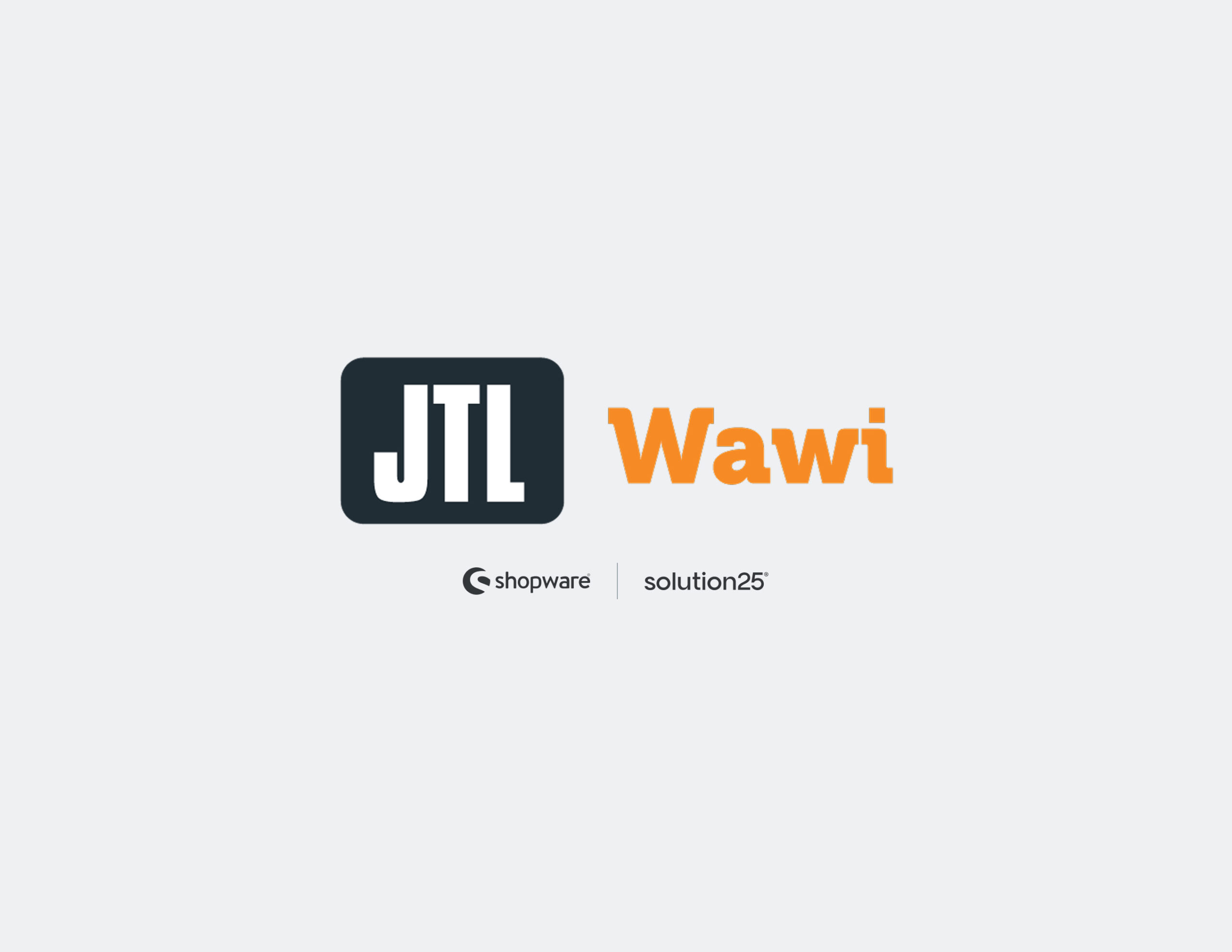Shopware Platinum Partner
Extension Premium Partner
200+ Projects
75+ Experts
Shopware Platinum Partner
Extension Premium Partner
200+ Projects
75+ Experts

Businesses can simplify their e-commerce operations by centralizing product management, inventory control, order processing, and customer data by integrating Shopware 6 with JTL-Wawi, a robust and popular enterprise resource planning (ERP) system. By enabling smooth data synchronization between the two platforms, this integration improves operational effectiveness, lowers manual labor, and guarantees uniformity across sales channels. Combining Shopware 6 with JTL-Wawi gives merchants a strong backend infrastructure to support their digital commerce strategies because it provides modern headless capabilities and flexibility for scalable online stores.
For e-commerce businesses, especially those looking to expand and streamline their operations, integrating JTL-Wawi with Shopware 6 provides a number of noteworthy advantages. Here are a few main benefits:
Product information, stock levels, prices, and categories can all be managed centrally with JTL-Wawi, which will automatically synchronize with the Shopware 6 storefront. This guarantees consistency across platforms and does away with the need for manual updates.
Shopware 6 orders are automatically forwarded to JTL-Wawi for processing. This improves fulfillment speed, decreases human error, and streamlines workflows—all important components of preserving customer satisfaction.
Bi-directional synchronization makes it possible to guarantee that all important data, including order status, customer details, and product availability, is always current in both systems. This reduces inconsistencies and mistakes in data entry.
Integration with other marketplaces, such as Amazon and eBay, is supported by JTL-Wawi. When combined with Shopware 6, it gives store owners a unified view of business operations by enabling them to manage all sales channels from a single ERP system.
The integration enables increased automation and control as businesses grow, supporting larger product catalogs, more complex logistics, and higher order volumes without necessitating corresponding increases in personnel or effort.
The German software company JTL-Software created JTL-Wawi (Warenwirtschaft), a robust and adaptable enterprise resource planning (ERP) system designed to meet the unique needs of e-commerce companies. JTL-Wawi is a free locally installable solution that gives retailers a centralized platform to handle and automate important business processes, such as inventory control, supplier and purchase workflows, customer relationship management (CRM), multi-channel order processing, and product data maintenance.
Its smooth integration with a number of online sales platforms, including JTL-Shop, Shopware, WooCommerce, and well-known marketplaces like Amazon and eBay, is one of its main advantages. This makes it possible for retailers to instantly synchronize data across all channels, guaranteeing uniform product descriptions, stock levels, and prices.
Furthermore, JTL-Wawi facilitates integration with JTL-Shipping for effective logistics management and JTL-Packtisch+ for enhanced warehouse processes. Because the system is built to grow with the company, businesses can manage growing numbers of orders, customers, and products without experiencing a noticeable increase in administrative workload.
To ensure a stable and efficient integration between JTL-Wawi and Shopware 6, both systems must meet certain technical and operational prerequisites. These requirements encompass software compatibility, server infrastructure, and plugin dependencies necessary for proper synchronization and data exchange.
Log in to Shopware Admin → Extensions → Store. Search for “JTL-Connector” and download the ZIP package.